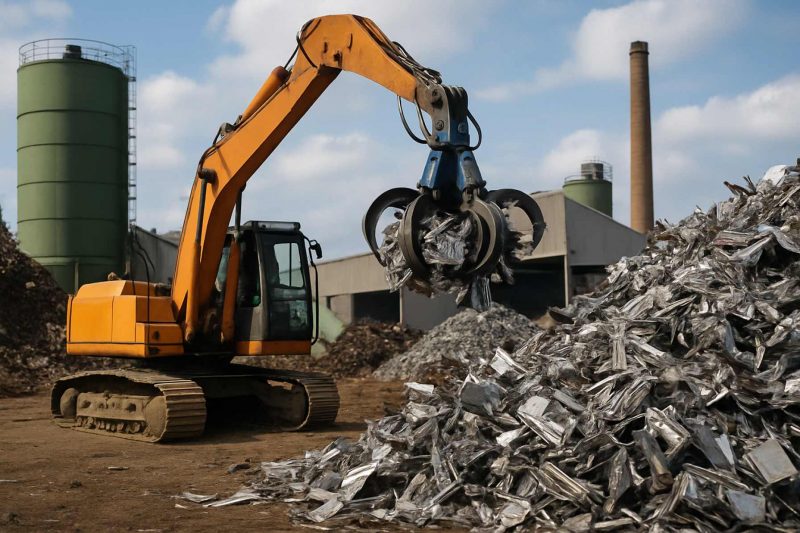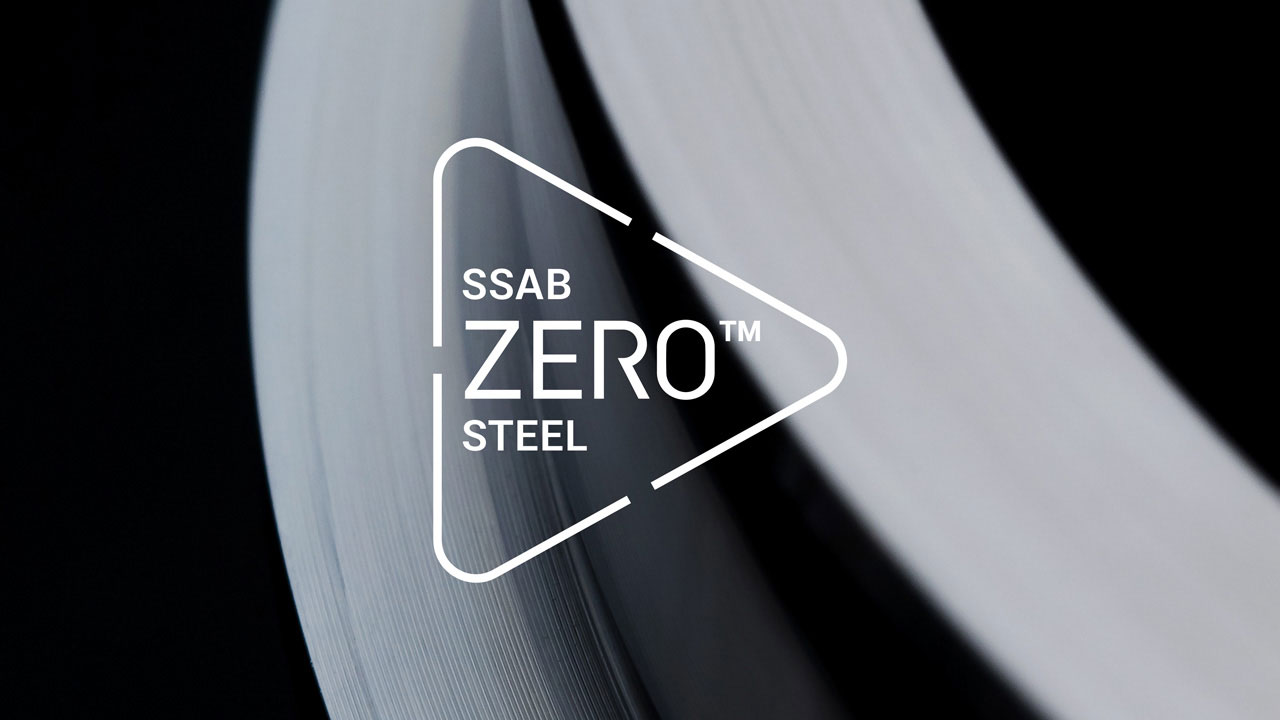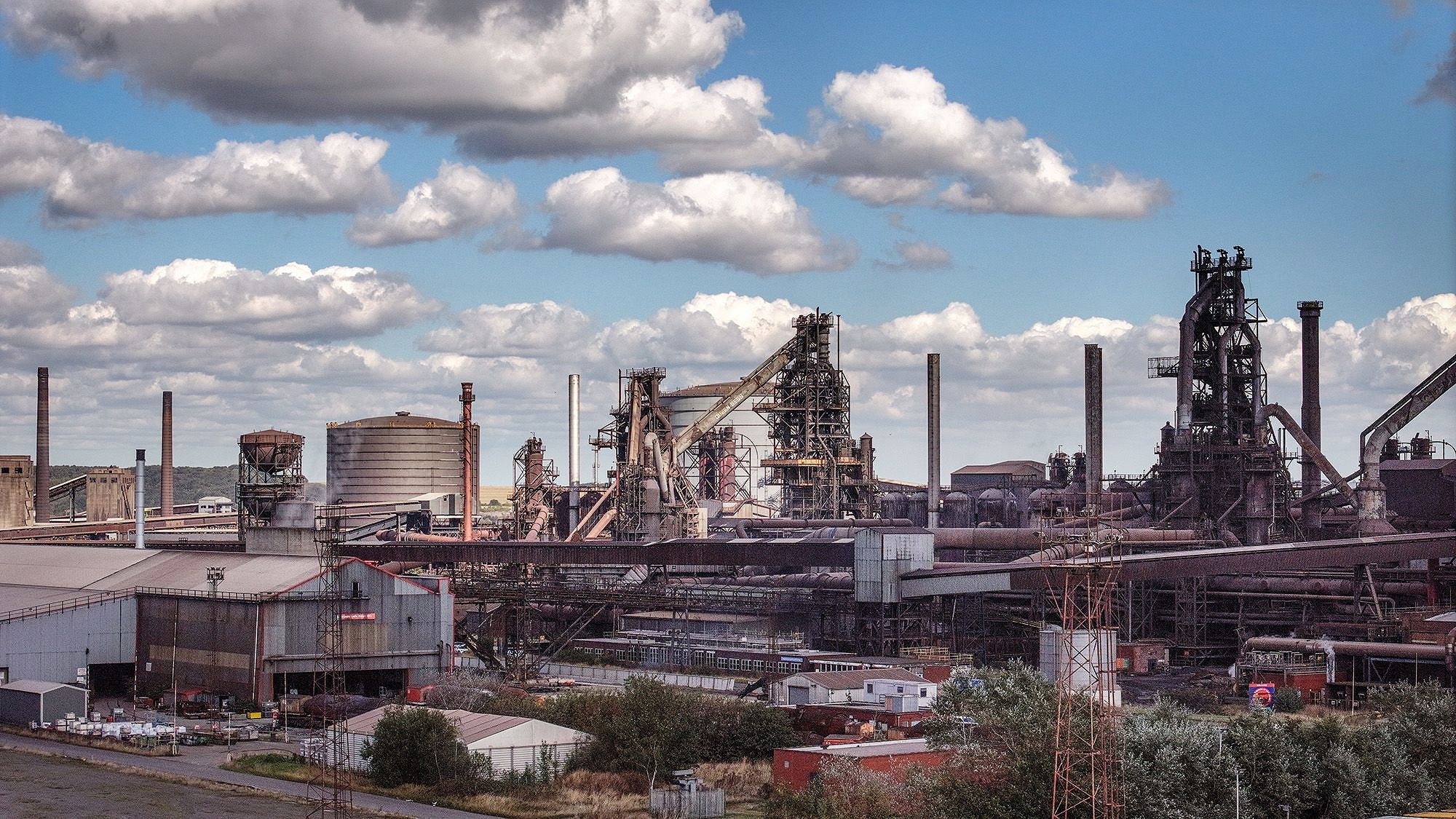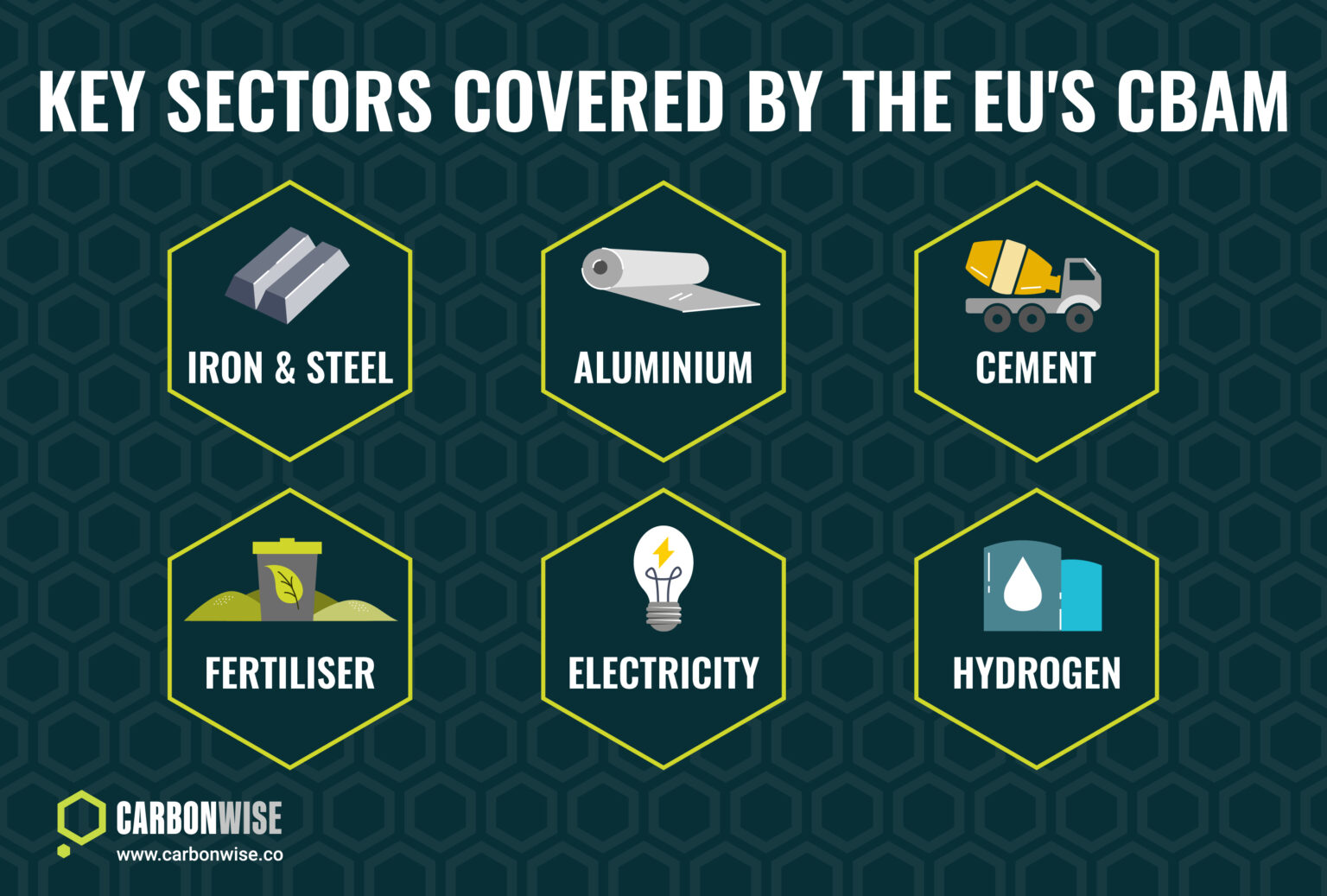
McKinsey Highlights Demand Growth for Recycled-Content Metals
McKinsey & Co. projects significant demand growth for recycled-content metals over the next decade. The firm’s new report analyzes steel, aluminum, copper, battery metals, and precious metals, emphasizing the rising need for low-carbon, circular materials. McKinsey warns supply capacity may struggle to keep pace, causing tight markets for several key metals. For example, recycled copper could face a 3 million metric tons per year shortfall between 2025 and 2035. Meanwhile, aluminum stands the best chance of meeting demand by 2035, according to the report.
The consultancy also identifies structural supply issues in plastics and flat-rolled steel recycling sectors. These sectors may see deficits of 2 million metric tons per year or more. Companies must secure supply by tapping into new secondary pools, such as postconsumer scrap and end-of-life products. McKinsey stresses that increased recycled-content usage can help lower industry greenhouse gas emissions, supporting global decarbonization efforts.
Supply Challenges and Opportunities in Recycled-Content Metals
The McKinsey report outlines how barriers to recycling specific alloys and mixed scrap limit secondary material recovery. It highlights emerging recycling technologies as key to overcoming these challenges. Companies that invest in collection, sorting, and processing innovations could unlock new material streams. Waste electrical and electronic equipment (WEEE) recycling offers a promising secondary pool for metals like copper and precious materials.
Furthermore, successful recyclers will need to optimize cost drivers such as logistics and dismantling operations. Strategic partnerships and scalable, low-cost recycling networks will be crucial. McKinsey emphasizes the need for a detailed understanding of these ecosystems to create viable business models. This insight is vital for meeting the forecasted increase in recycled-content metal demand.
SuperMetalPrice Commentary:
McKinsey’s forecast underscores the critical role recycled-content metals will play in the clean energy transition and circular economy. Industry players must innovate rapidly to overcome supply bottlenecks and capitalize on new secondary material pools. In particular, technological advances in alloy recovery and e-scrap processing will be game changers. Policymakers should also incentivize circular material flows to ensure sustainable industrial growth. Companies aligning strategies with these market signals stand to gain a competitive edge in a tightening metals supply landscape.











Leave a Reply
You must be logged in to post a comment.